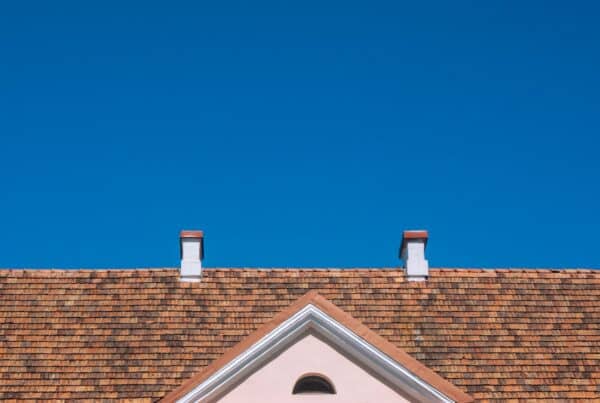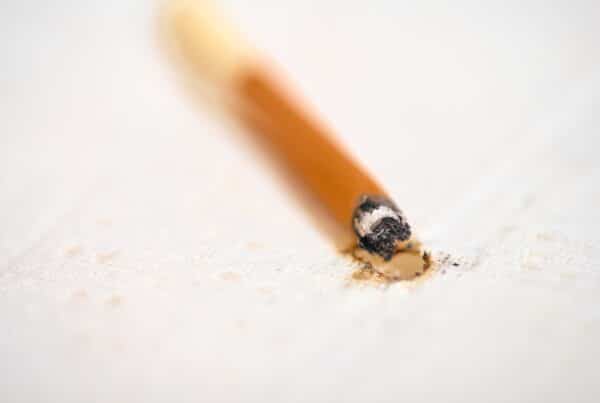
Knowing how much water the residents in your home are using is important. This is a bill that you probably pay once a month or every few months. Do you know how to read a water meter to see how much water is used daily?
Let’s take a look at how to locate the water meter, why reading the water meter is important, the steps of how to read the water meter and two common types, features of the water meter you need to know, signs of a water leak, and when to call in a professional.
How to Locate the Water Meter
In newer neighborhoods, the water meter may be located by the street in front of your home. However, in older neighborhoods, it may be located in your backyard. Some homes in colder climates may find it in the basement.
The water meter has a metal covering over it that you will need a screwdriver or crowbar to open, depending on the type of cover, as seen in the video above.

The Numbers on the Water Meter
When you are looking at the water meter, it will have a number in cubic feet or gallons. That is the amount of water you are using in your home. Every water company calculates it differently.
Why it is Important to Read the Water Meter
Many people are curious about the amount of water used in the home or have seen an increase in the bill and want to investigate.
When you locate the water meter, write down the number that is shown on the face in the morning. Then, do this again in the evening to see how many gallons or cubic feet of water has been used. If it is a significant amount, take a look at the signs of a water leak below.
How to Read the Water Meter
When you locate and open the water meter, flip the lens cap if there is one.
There are many types of water meters, so let’s look at the two most common below to see which one you have.
Two Types of Water Meters
- Straight reading meter– has a long hand and the water usage in cubic feet. It is like an odometer in a car and keeps track of all usage of water.
This is a very basic water meter and common in homes. First, find the number that was recorded on your previous month’s water bill and subtract it from the number that you read on the meter. This will help you figure out the cubic feet. Then, multiply that number by 748 to get the number of gallons used.
This type of water meter also detects leaks that are explained below.
2. Round reading meter- this one is more complicated and has 6 separate dials labeled: 100,000, 10,000, 1,000, 100, 10, and 1 cubic foot, as shown in the video above.
a. Start at the 100,000 dial.
b. Read clockwise to the 1,000 dial.
c. On each dial, the arrow points at a number. If it is in between two numbers, use the lower number.
d. Subtract the last reading from this reading and you will have the amount of water used.
e. The dial that says “1 cubic foot” is used to check for water leaks. Then, follow the same directions below for the gear symbol to determine if there is a leak.
Other Features of the Water Meter You Need to Know
Gear symbol on the Straight or Round Reading Meter
Do you see the small gear or triangle shaped gear on the faceplate? This is an alert for a water leak. To understand this symbol, follow these steps:
- First, shut off the water valves in and around your home: sprinkler, faucets, garden hose, and dishwasher.
- Then, wait 15 minutes and look at the water leak indicator (the gear or triangle symbol) on the water meter.
- If the gear or triangle is not moving, that is great! No water leak. If it is moving, you may have a leak. Check out the signs below and you may need to call a professional.

Signs of a Possible Water Leak
- Increase in the water bill when the habits of the residents have not changed. There could be a water leak underground even if you don’t notice it in the home.
- Taller patches of grass in the yard. This is due to water leaking in a pipe that goes underground and to the home and is watering the soil. Thus allowing the grass to grow.
- Leaks from the faucet. Look at your faucets and see if they are dripping when turned off. If yes, there is a water leak.
- Wet Spots on the floor or puddles. It is not normal to have water spots or puddles on the floor. Looking around the area near the walls, do you see wet spots? If yes, call a professional as it may be under the flooring or inside the wall.
- Running toilet. This could be an issue with the toilet or could be a water leak. However, if you find that it is not something you can fix, contact a professional to diagnose the issue.
Additional way to check if there is a water leak.
- First, check the number on the water meter and write it down.
- Then, turn off the water in the home for 3 hours.
- Lastly, after 3 hours have passed, check the number on the water meter. If you find the number has increased, then you have a leak in the indoor plumbing and need to call a professional.
When to Call a Professional
- The number has increased on the meter after turning it off for 3 hours.
- You are finding signs of a possible water leak showing up in your home. The professional can use a thermal imaging scanner to find where the water leak is in your home.
Conclusion
Keeping track of your home’s water usage can help you save money and conserve water. However, it can be difficult to know where the extra usage is coming from or if there is a leak somewhere. If you have questions about your home’s water usage or sense there may be a leak, reach out to us or leave a reply below so we can help!



